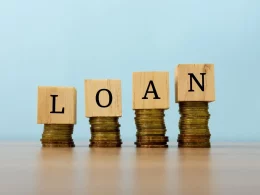Certainly, I’d be happy to write an article on building an emergency fund. Here’s my take on the topic:
Building an Emergency Fund: Your Safety Net in Times of Crisis
In today’s uncertain world, it’s more important than ever to have a safety net in place to protect yourself and your family in times of crisis. One of the most effective ways to do this is by building an emergency fund.
An emergency fund is a stash of cash that you set aside specifically for unexpected expenses or emergencies. This could include anything from a sudden job loss to a medical emergency to a major car repair. By having a dedicated fund in place, you can avoid going into debt or dipping into your long-term savings to cover these expenses.
So, how do you go about building an emergency fund? Here are some tips to get you started:
1. Set a savings goal: The first step is to determine how much you need to save. A good rule of thumb is to aim for three to six months’ worth of living expenses. This will give you a solid cushion to fall back on in case of an emergency.
2. Make it a priority: Building an emergency fund should be a top priority, even if you have other financial goals you’re working towards. Consider setting up automatic transfers from your checking account to your emergency fund to make saving a habit.
3. Cut back on expenses: Look for ways to trim your budget and redirect those savings towards your emergency fund. This could mean cutting back on dining out, canceling subscriptions you don’t use, or finding ways to save on your utility bills.
4. Keep it separate: It’s important to keep your emergency fund separate from your other savings accounts. This will help you avoid the temptation to dip into it for non-emergency expenses.
5. Revisit your savings goal regularly: As your financial situation changes, it’s important to revisit your savings goal and adjust it as needed. For example, if you get a raise or pay off a debt, you may be able to increase your savings goal.
By following these tips, you can build an emergency fund that will provide you with peace of mind and financial security in times of crisis. Remember, the key is to make saving a priority and to stay committed to your goal over the long term.
In conclusion, building an emergency fund is an essential part of any financial plan. By taking the time to set a savings goal, make saving a priority, cut back on expenses, keep your fund separate, and revisit your goal regularly, you can create a safety net that will help you weather any storm.











